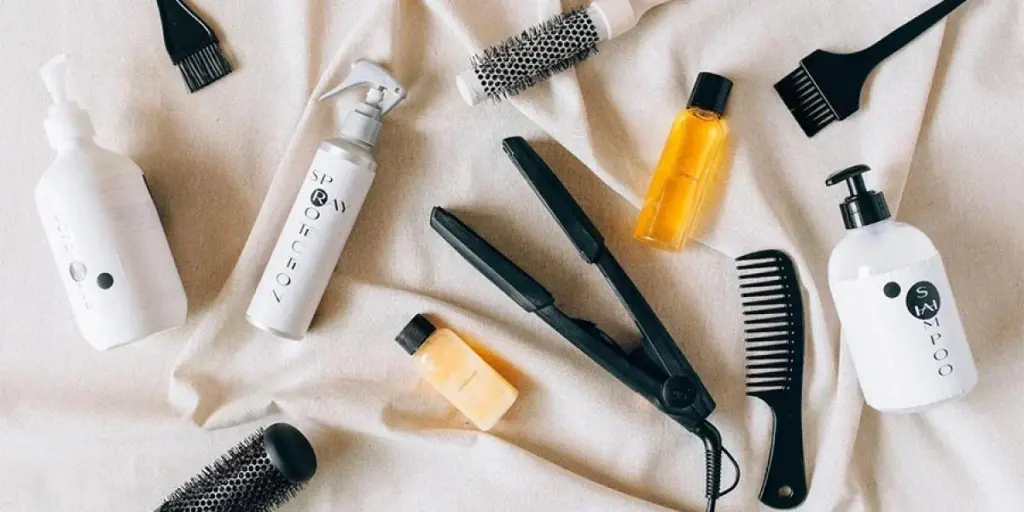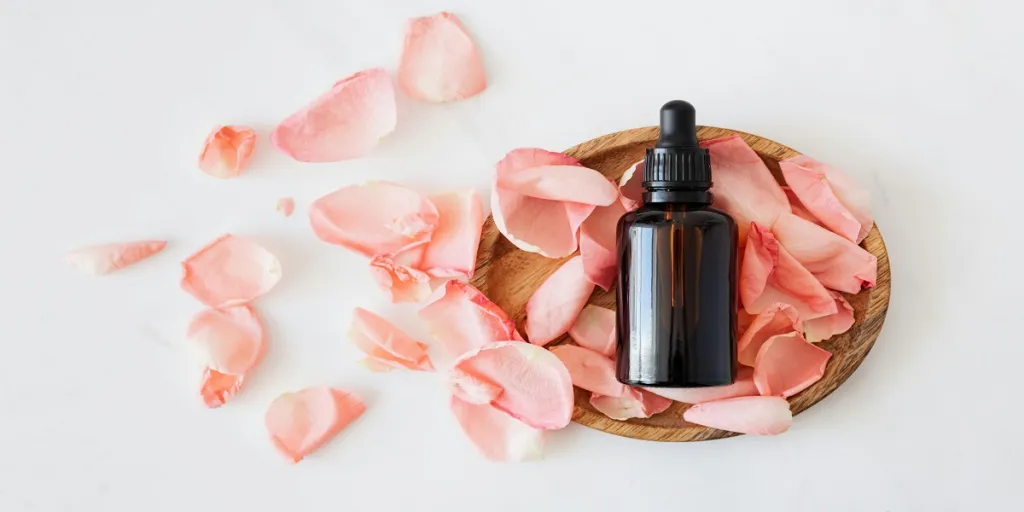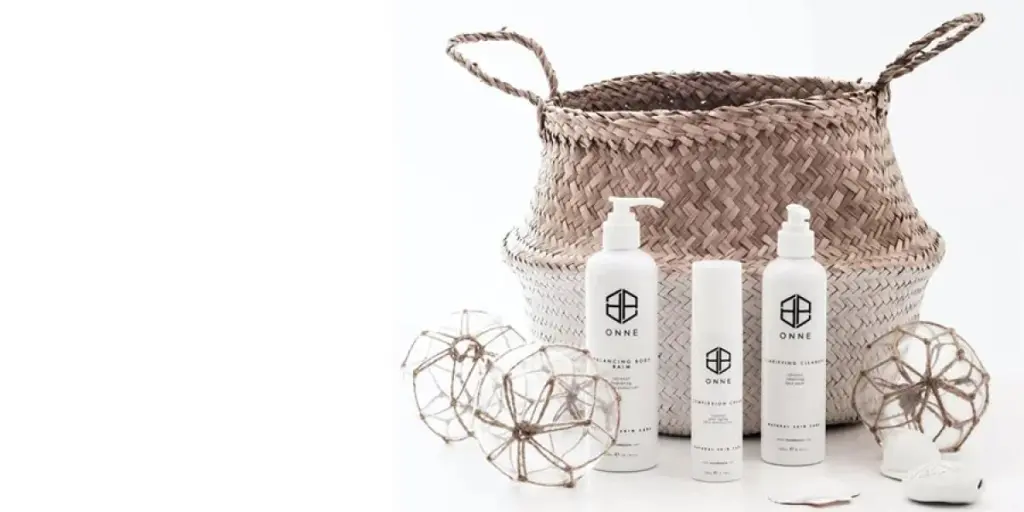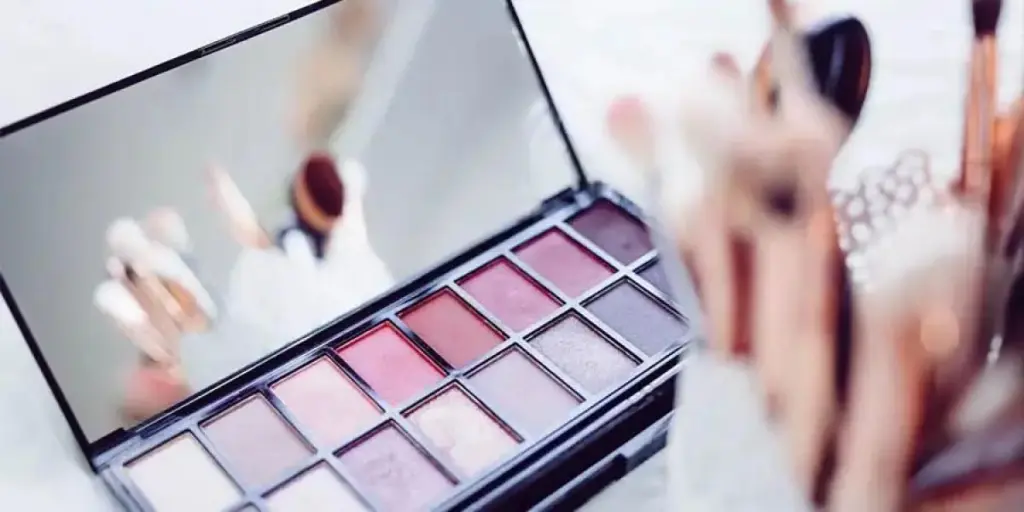The beauty industry is once again on the brink of massive change. A host of factors—from the climate crisis to enhanced color-matching tech and growing demand for transparency in beauty products—will shape makeup trends next year.
This article will discuss six makeup trends that businesses can stock to ensure they are catering to the latest trends—so read on to discover what’s in store for the future of makeup in 2025.
Table of Contents
A brief look at the cosmetics market
6 trends that show the future of makeup in 2025
Bottom line
A brief look at the cosmetics market
The cosmetic market is one of the biggest industries, amounting to US$ 312.33 billion in 2024. Experts from Grandview Resesay say the market is set to reach US$ 445.98 billion in 2030 at a 6.1% compound annual growth rate (CAGR). The market is growing fast due to the growing awareness of personal appearance.
Asia Pacific is the leading region, accounting for 45% of the market’s revenue in 2023. North America takes second place with a 23.8% revenue share. The U.S. is one of the largest contributors (US$ 59.7 billion in 2022), and experts expect it to register a 6.1% CAGR.
6 trends that show the future of makeup in 2025
1. Back to bases: Next-gen makeup prep
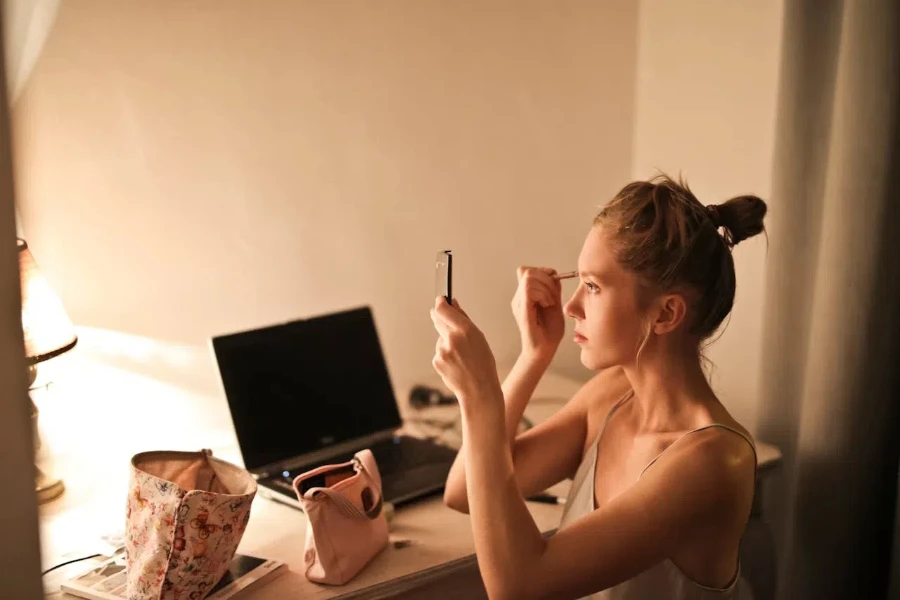
Makeup bases are the go-to for creating the perfect foundation for other cosmetics. However, consumers now want lasting bases that blend lazy perfection aesthetics, viral skin finishes, and high resistance to rising temperatures. This trend will cater to these consumers in 2025.
Moving away from 2026’s color-correcting lenses, brands are making more personalized makeup prep products, like primers and tone-up creams customized to help users achieve specific skin finishes. Take a look at ONE/SIZE’s Tacky Hydrating primer. It offers a long-wearing, glowy finish thanks to ingredients like beta-glucan, hyaluronic acid, brightening black tea, and omega fatty acids.
How to capitalize on this trend
These bases are fast becoming an extension of skincare routines. Retailers can leverage this trend by stocking primers, tone-up creams, concealers, and foundations with color-correcting properties and protective ingredients. A great example is Japanese brand Maquillage’s mint-colored tone-up cream, which corrects redness, offers UV protection and reduces pores.
They can also leverage new bases for beginners, men, and Gen Alphas who love skincare. For instance, a multi-cover stick foundation can help simplify makeup application with built-in primer powder and foundation layer.
2. Makeup glimmers: Fostering joy in everyday routines
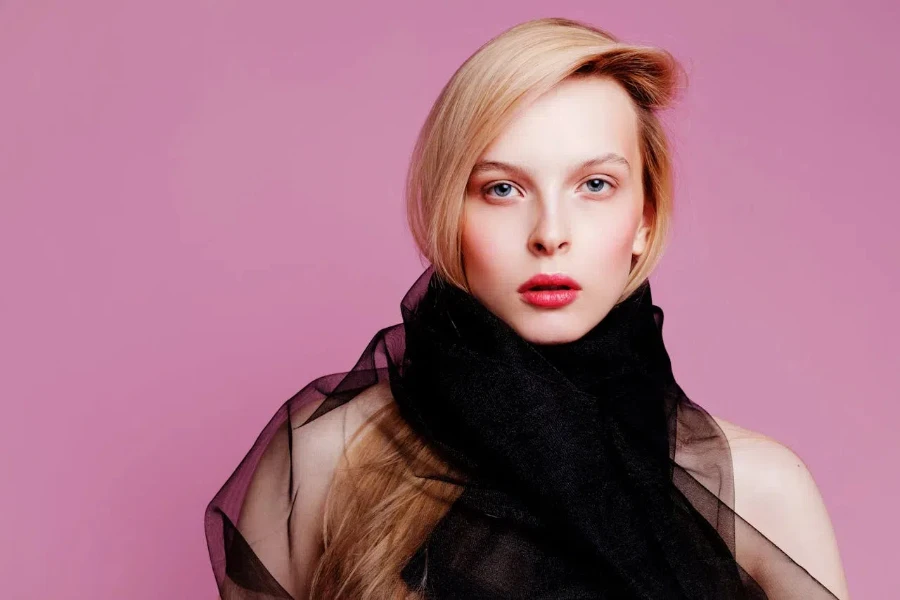
2025 will see everyday products transformed into portable, eye-catching items that people will want to show off. This trend draws influence from social media to attract Gen Z, Gen Alphas, and treat culture-driven Millennials. These customers love makeup accessories that make their products stand out.
For example, the Rhode Lip Case designed for iPhone and 15 helps users display their Peptide Lip Treatment or Tint. Even those with flexible lifestyles will get products that blend beauty with fashion—like leather bags with compartments for eye, lip, and cheek products.
Even sensorial textures are getting some attention under this trend. After all, a report shows that 63% of global consumers want brands to offer multi-sensory experiences. For this reason, playful textures in makeup, like bouncy jellies and mochi-like formulas, will be a great way to spark curiosity and joy in 2025.
How to capitalize on this trend
Business buyers can implement this trend in their inventory by focusing on unique textures, scents, and visuals. The return of mini products will also make luxury miniatures popular again, so retailers can offer affordable and accessible makeup treats.
3. Makeup tech symbiosis: Removing the guesswork
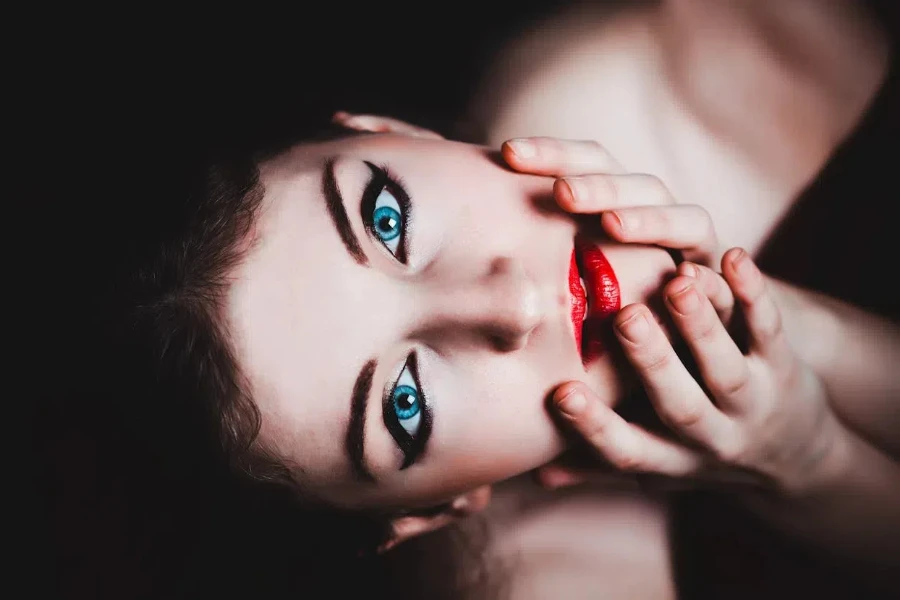
Technology has made strides in cosmetics, and its presence will go even deeper in 2025. With more people interested in color matching and analysis in beauty products, innovators are expanding the tech to include enhanced color cosmetics.
AI-driven shade matching for base makeup is already on the rise, but consumers now want cosmetic colors that complement their skin tone. Even better, young people increasingly trust AI because the tech is accessible through social platforms. Reports show that 80% of North American Gen Zers and nearly 70% of European Gen Zers trusted AI advisors in 2021.
Another report shows that AI spending in professional services will grow at a 22.4% CAGR in Asia from 2022 to 2027. So, AI in beauty is already off to a great start, so businesses can start testing the waters.
How to capitalize on this trend
Business buyers can use AI to enhance digital try-on systems, reducing guesswork for consumers and promoting sustainable cosmetic production.
In fact, Swedish startup, Ellure, capitalized on this trend and created personalized lip products for its consumers. The brand allows users to try over 10,000 shades virtually before choosing their favorite.
4. Skinclusive pigments: Made for skin tones and conditions
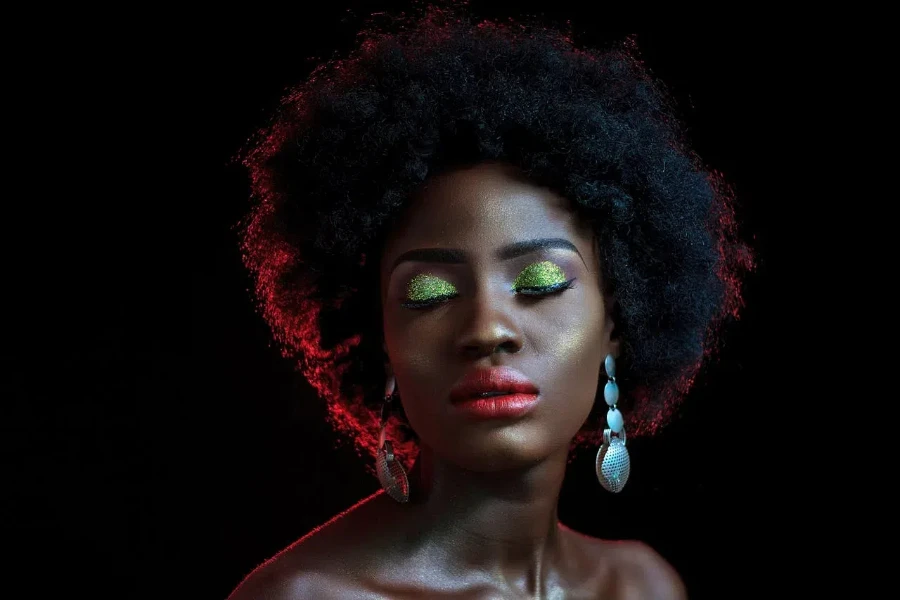
2025 will also be a great time for specific and underserved skin tones and types. Brands are now creating cosmetic pigments tailored for these inclusivity-driven consumers, with many seeking personalized looks at more affordable prices.
Retailers must consider how pigments look on various skin tones to cater to a diverse customer base. Interestingly, this trend is already exploding regionally in the APAC. As sensitive skin becomes more common by 2027, makeup formulations must be safe for those with this condition. pH-adaptive pigments will also become popular for their individualized color in transparent formats.
How to capitalize on this trend
Retailers can follow the example of skin-inclusive base products by creating color cosmetics for specific skin tones and undertones, from cool to warm. They may also design from a regional perspective to appeal to local populations, like Chinese brand Joocyee’s Essence Matte Rouge lipstick for East Asian skin tones.
Additionally, business buyers must ensure products meet efficacy standards with seals from organizations like the National Eczema Association, which caters to sensitive skin. Although these seals are common in skincare and base makeup, consumers will demand more across all cosmetics products.
5. Maximalist appeal: Avant-garde cosmetics play
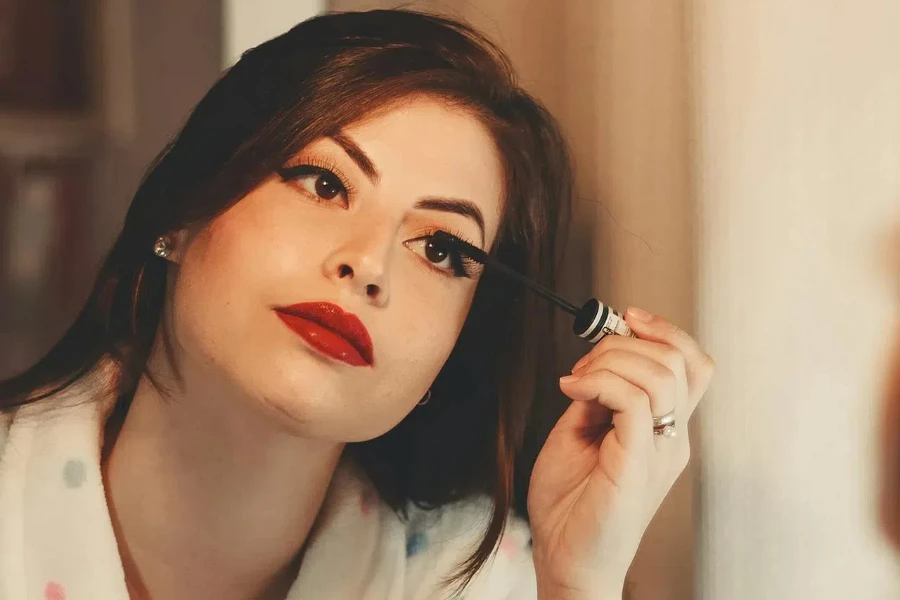
For a while now, minimalist aesthetics have dominated various industries, as consumers love the look of subtle styles. However, maximalist appeal is back again, with bold, over-the-top makeup reclaiming power in beauty.
However, this heavy, colorful makeup trend raises concerns about breakouts and clogged pores. Thankfully, brands have released high-pigment colors with flexible textures and nourishing ingredients so consumers can experiment safely without damaging their skin.
How to capitalize on this trend
Business buyers can focus on high-coverage makeup with comfortable textures that promote long-term skin health. Remember that beauty maximalists also need effective makeup removers. Retailers can leverage this need by offering products packed with helpful ingredients, like acai berries, hyaluronic acid, and vitamins A and C, to care for their skin between looks.
6. Facing the heat: Climate-proof makeup

Undoubtedly, the environment is changing, and consumer demand is changing with it. Businesses can expect higher demand for makeup suited for higher temperatures and nighttime lifestyles. That’s why sweat-proof makeup is becoming more popular for active lifestyles and hot climates, as up to 60% of UK gym-goers wear makeup while working out.
Protective makeup is also gaining momentum and will become a mainstay in 2025. Makeup with built-in UV protection helps streamline routines, especially for Gen Z and those adapting to climate change.
How to capitalize on this trend
Retailers can look for climate-proof formulas and protection that extend beyond base makeup. They should also leverage multisensory textures designed for hot weather. These products can usually lower skin temperature by 5oC.
Bottom line
Since the beauty and skincare industry is ever-changing, adopting innovative strategies and technologies is the key to never getting left behind. Consumers want products that do more than just offer coverage. These trends take regular makeup products to all-new levels, from social media-inspired skin finishes to skin-led makeup bases and AI-driven analysis.
The makeup industry will adapt in response to several issues, and these six trends reflect these changes and how businesses can leverage them for more profit. In 2025, keep an eye out for redefined bases, makeup Glitters, cosmetic AI, inclusive pigments, maximalist beauty, and climate-proof makeup for an updated cosmetics inventory.
➕ Explore ready-to-ship beauty items for bulk orders under $1 each


